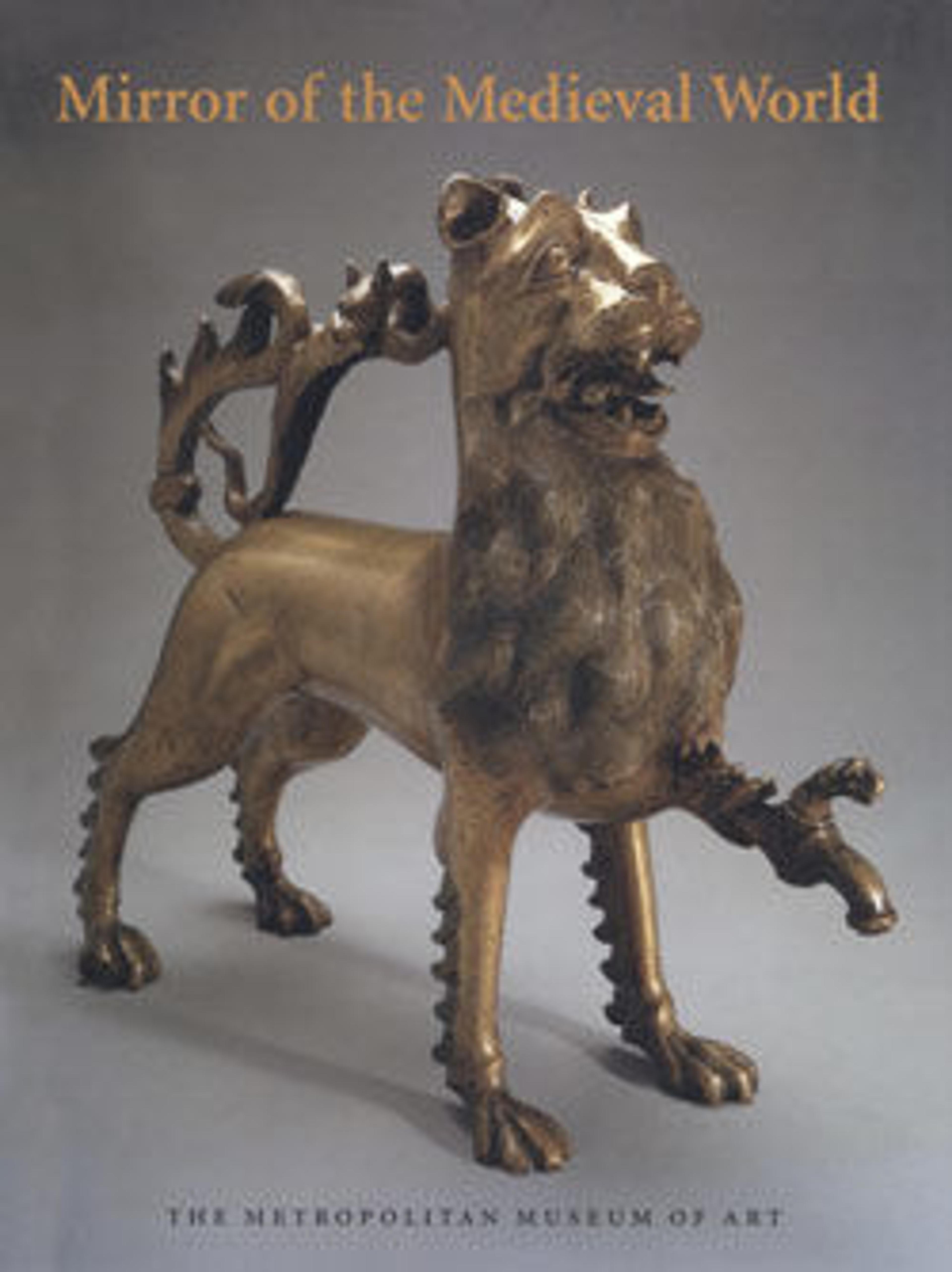The Entombment of Christ
The entombment of Christ after the Crucifixion is variously described in the Four Gospels. Each of the accounts notes the presence of a wealthy man at the scene, Joseph of Arimathea; with him, according to Matthew and Mark, were Mary Magdalene and Mary, the mother of James. However, only the Gospel of Saint John refers to Nicodemus, a Pharisee, as being in attendance. None of the Gospels describes the crowd of mourners gathered at the bier, as seen here, but the depiction of such a group is typical in French art of the Gothic period.
About 1400, the technique of enameling en ronde-bosse, which was used for this plaque, became a hallmark of goldsmiths' work for the French royal court. Jewel-like in its effect, it combines luminous color-as well as, here, the mottled gray of the sarcophagus and the floral patterning on the Virgin's gown-with finely detailed goldwork, as seen in the precisely detailed physiognomies and the scroll pattern stippled on the gold ground.
About 1400, the technique of enameling en ronde-bosse, which was used for this plaque, became a hallmark of goldsmiths' work for the French royal court. Jewel-like in its effect, it combines luminous color-as well as, here, the mottled gray of the sarcophagus and the floral patterning on the Virgin's gown-with finely detailed goldwork, as seen in the precisely detailed physiognomies and the scroll pattern stippled on the gold ground.
Artwork Details
- Title: The Entombment of Christ
- Date: ca. 1390–1405
- Geography: Made in Paris, France
- Culture: French
- Medium: Opaque and translucent enamel on gold
- Dimensions: Overall: 3 7/16 x 3 1/16 x 3/16 in. (8.7 x 7.7 x 0.5 cm)
- Classification: Enamels-Ronde Bosse
- Credit Line: The Jack and Belle Linsky Collection, 1982
- Object Number: 1982.60.398
- Curatorial Department: Medieval Art and The Cloisters
More Artwork
Research Resources
The Met provides unparalleled resources for research and welcomes an international community of students and scholars. The Met's Open Access API is where creators and researchers can connect to the The Met collection. Open Access data and public domain images are available for unrestricted commercial and noncommercial use without permission or fee.
To request images under copyright and other restrictions, please use this Image Request form.
Feedback
We continue to research and examine historical and cultural context for objects in The Met collection. If you have comments or questions about this object record, please complete and submit this form. The Museum looks forward to receiving your comments.
